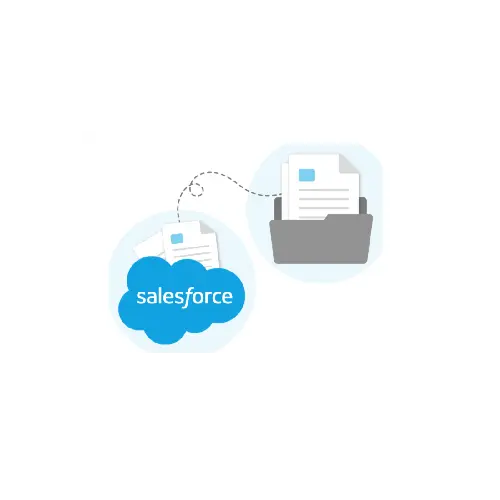Customer Relationship Management (CRM) systems are essential in enabling companies to control their contacts with customers and simplify their procedures in the hectic corporate environment of today. Among the top CRM systems available, Salesforce provides a wealth of tools meant to improve company operations greatly. Still, switching to Salesforce might be intimidating without the proper plan. The key actions required for a successful Salesforce deployment in Australia are investigated in this guide.
Understanding Salesforce: An Overview
Designed as a cloud-based CRM application, Salesforce offers companies capabilities to handle consumer connections, sales, and marketing initiatives. Salesforce’s extensive range of tools lets companies use it to improve team collaboration, automate tasks, and get an understanding of consumer behaviour. Using Salesforce for Australian companies implies using a system that can be customised to fit particular local market requirements.



